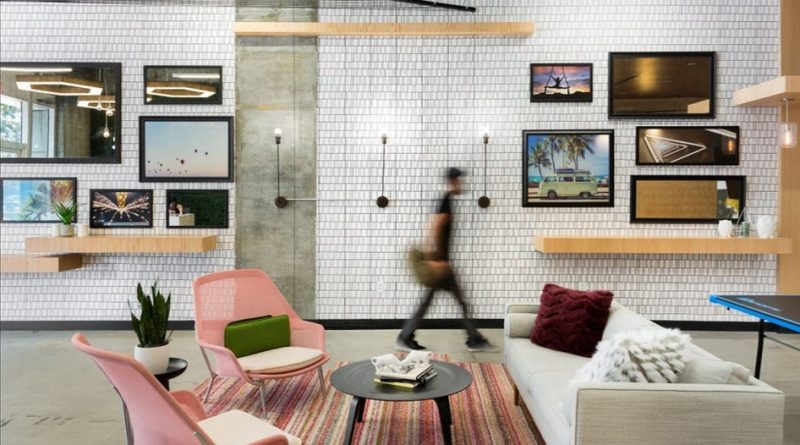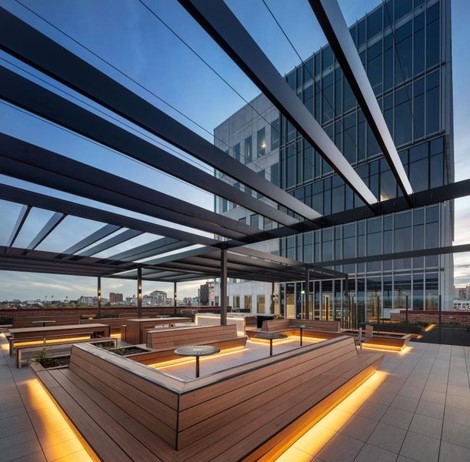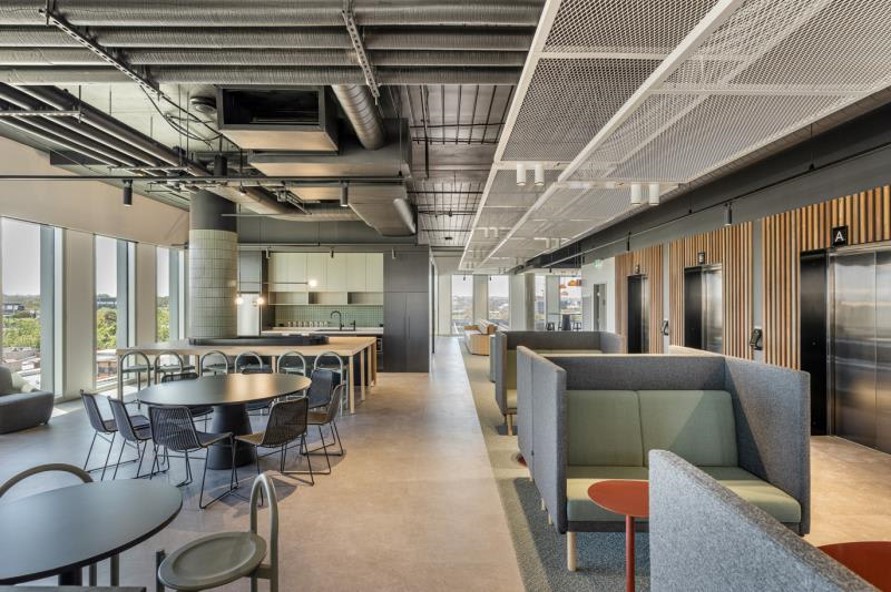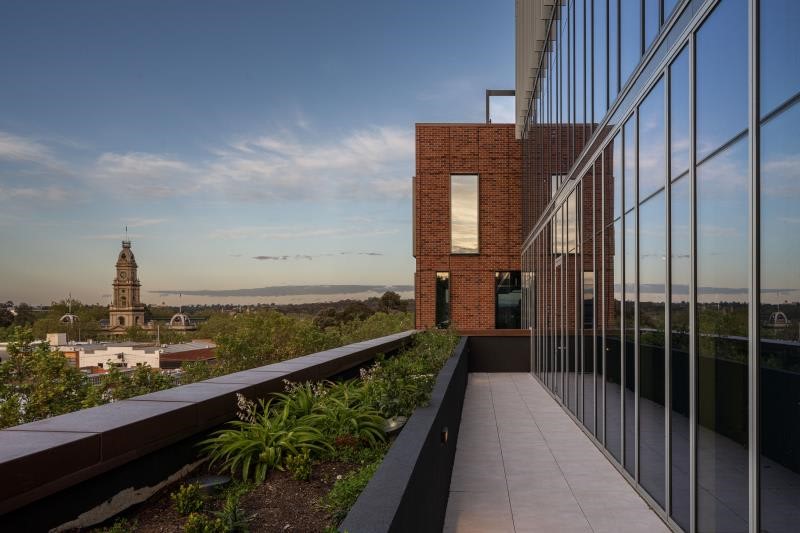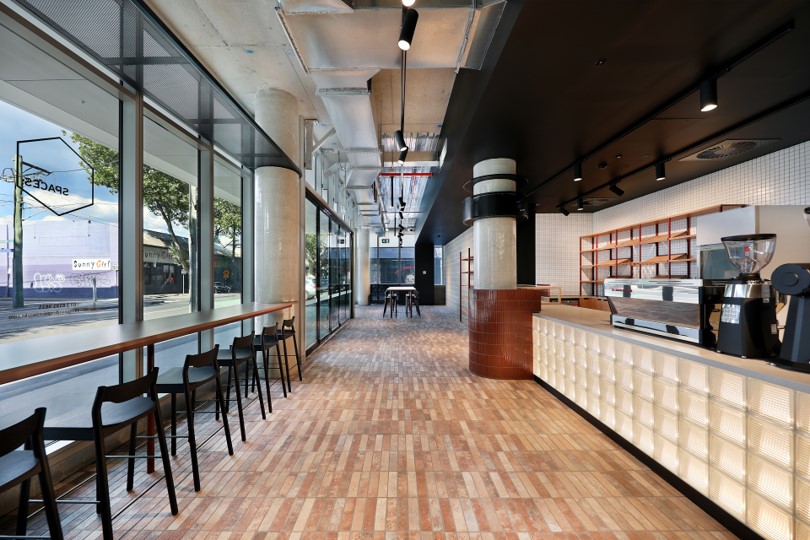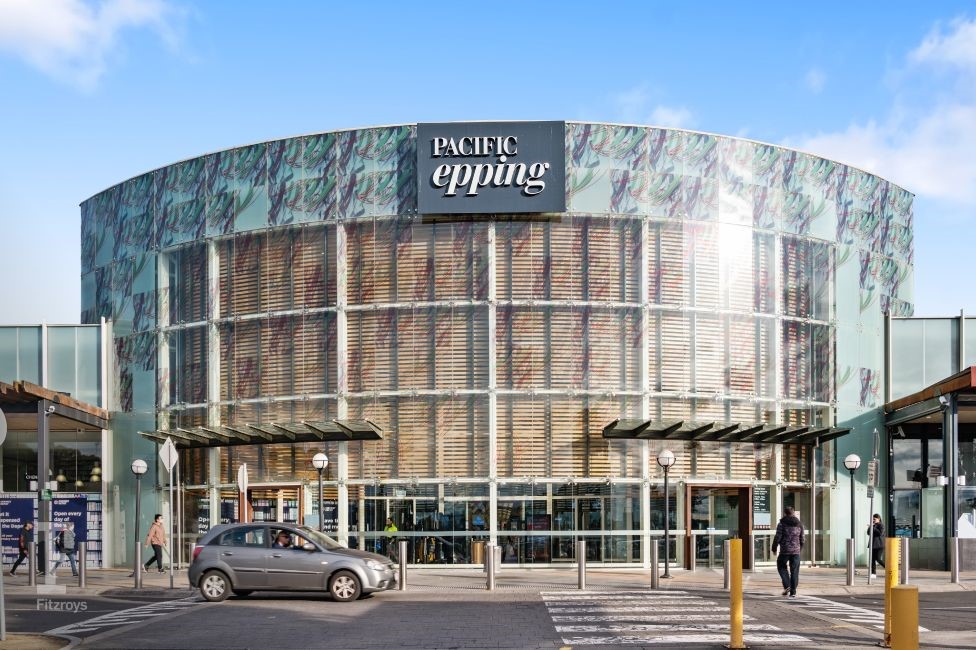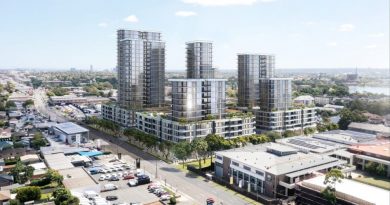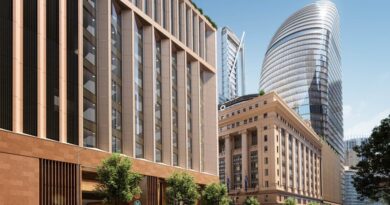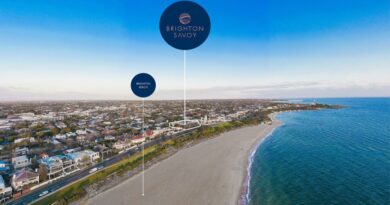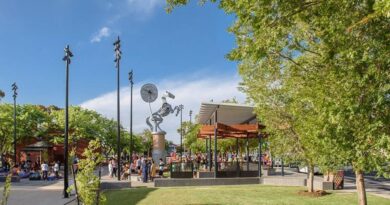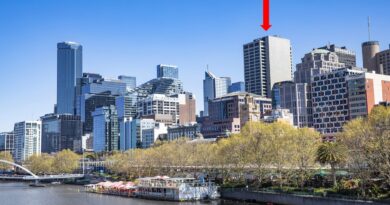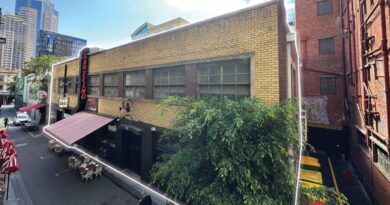Melbourne’s hottest suburban office markets
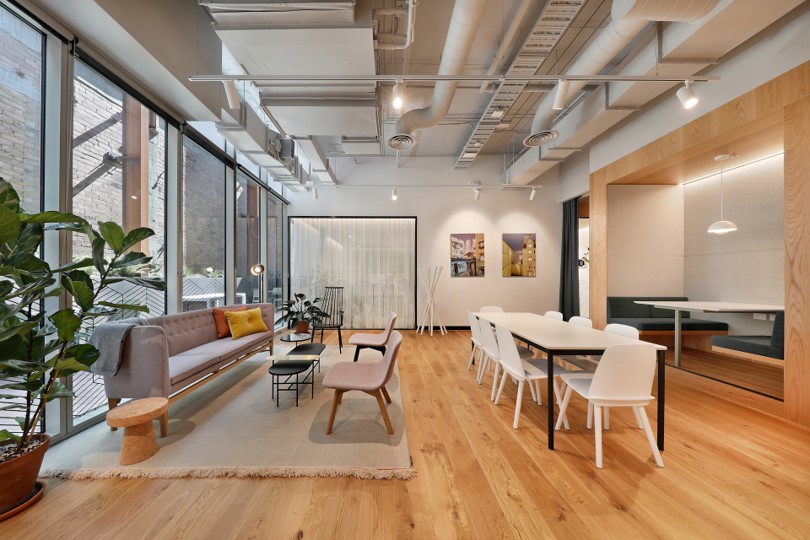
An urban to suburban office trend is happening.
For a number of reasons, including the need to entice staff back to a workplace – be it in a vibrant location, upgraded offices, or both – organisations are since the pandemic, making vital accommodation decisions.
They are cultural choices too, according to leasing agents who say, since COVID, some business leaders are considering ending decades’-old company legacies by leaving the CBD.
“Culture has a direct impact on performance” Colliers director of Office Leasing, Matt Cosgrave, said.
“It is proven to increase creativity, output and collaboration,” he added.
“A lot of managers also see the power of the office as a way to reinforce company purpose and goals,” according to the executive.
“Despite some hype about working from home at the start of the pandemic, having a disconnected physical workforce, in many cases, has proven to significantly lower productivity”.
Flying to quality
With the medical advice that it is safe to work from the office again coming at the same time as an unprecedented demand for staff – Victoria’s unemployment rate is at a record low 3.2 per cent – managers are upgrading, or ‘flying to quality’ in regard to accommodation, not only to entice staff back, but to attract new talent.
“A significant number of leaders have found the importance of learning though osmosis and nurturing a set of shared beliefs within an organisation,” Lemon Baxter Office Leasing director, Jay Pavey, said.
“So, many businesses are considering new, high quality inner-city offices as a chance to reinvent or reinvigorate company culture as the great return continues in 2022,” according to the executive.
“While rail access is still sought, many managers are considering locations within a 20 minute walk – or scooter ride – from the CBD,” he added.
“They are also seeking, amongst other things, proximity to retail and parks”.
So what are Melbourne and Victoria’s hottest office precincts?
Collingwood: considered both north and east
While Cremorne went into the pandemic dubbed Melbourne’s hottest suburban office market, it is coming out of it trumped by Collingwood, according to many agents.
“A lot of businesses struggled justifying Cremorne’s expense given some of its limitations, including parking and retail amenity,” Colliers’ James McMahon, who is marketing 71 Gipps Street, Collingwood, with Mr Cosgrave and Mr Pavey said.
“A key concern moving forward for potential Cremorne tenants is the construction wave set to take place over the next 24 months with several developers proposing major projects,” he added.
“Both north and east – Collingwood is considered by many a more convenient location” according to the executive.
While the suburb has a history with manufacturing – creative businesses are amongst the biggest tenant group now.
“Collingwood is one of the few suburbs which can attract occupiers from across Melbourne,” Mr McMahon said.
“It hasn’t lost its bohemian atmosphere – which makes it interesting for employees to want to work and socialise,” he added (story continues below).
“There are also a wide range of accommodation options, from new buildings to warehouse conversions,” according to the executive.
“71 Gipps St for example, considered one of the newest ‘post pandemic’ offices, is designed with a particularly large amount of collaborative space tailored for their tenant-clients.
“This includes a rooftop terrace with city views for staff or networking functions.
“It also contains kitchen facilities, where things like cooking classes can be carried out, or a chef can be called in to make take-home meals for staff.
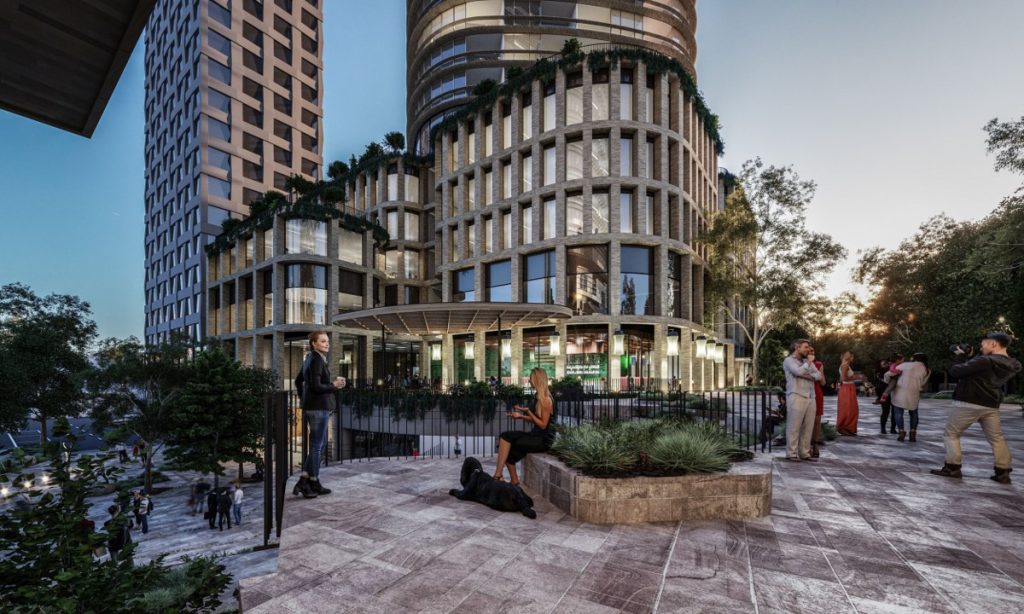
“The building also includes large ground floor communal rooms, for things like yoga or speaking events”.
There is a large co-work office provider too, Spaces (pictured, top), he said, giving potential new occupants the opportunity to quickly expand their space if, say, they win a new contract.
“The location offers the best of the city’s coffee culture, in a tree-lined street, convenient for customers to park or access from a Victoria Parade tram” according to Mr McMahon.
“It is also designed with premium end of trip facilities including 12 showers”.
Middle suburbs: Box Hill
One of Melbourne’s most important satellite cities – Box Hill has experienced a significant recovery since two decades ago when office vacancy was over 20pc.
Today the region, increasingly considered Melbourne’s second city (replacing Dandenong), can command office rents comparable to major suburbs closer to the CBD including Camberwell, Doncaster, Heidelberg and Malvern.
With demand sufficient to justify new construction, Vicinity recently announced the suburb’s first prime grade office skyscraper – a project it described as aiming “to reflect the highly educated workforce’s aspirations”.
A hotel, revamped retail and public spaces including a 3350 square metre town square with a Spanish Steps inspired amphitheatre also forms part of the design as does a 51 level apartment building, the suburb’s tallest.
Outer suburbs: Epping
Considered the CBD of the north – Epping has seen a wave of office, industrial and retail development upside since the Melbourne Markets relocated there in 2015.
And with metropolitan Melbourne set to sprawl beyond Kalkallo in coming years, its workforce catchment is also set to balloon.
While much of Epping’s office product to date is tied to modern warehouses in industrial estates, rents are sufficient now, agents say, to drive standalone development; projects are expected to circle the Pacific Epping shopping centre, High St, and train station.
Some buildings 25 metres tall could longer term replace a 1.4 hectare Cooper St amalgamation opposite Quest Epping which traded earlier this year for $40m.
Riverlee has master-planned c80,000 sqm of commercial space too, as part of a 51ha mixed-use project, New Epping.
Melbourne’s outer north is set to especially rise in popularity once Qube commences construction of an intermodal facility at Beveridge – expected to justify industrial developments in the immediate vicinity worth over $4 billion.
Subscribe to our newsletter at the bottom of this page.

